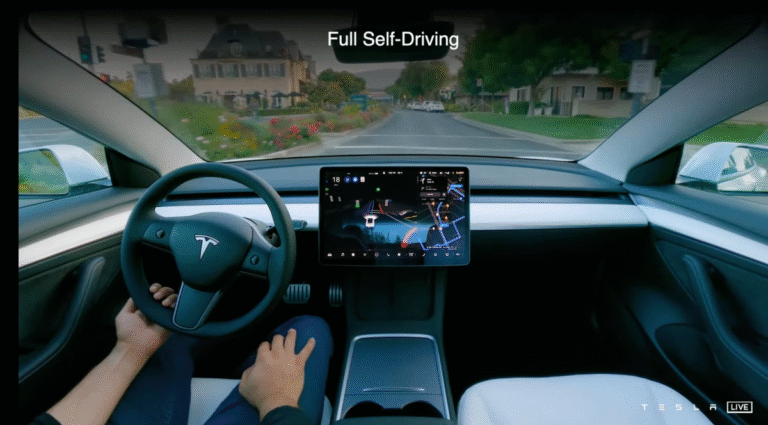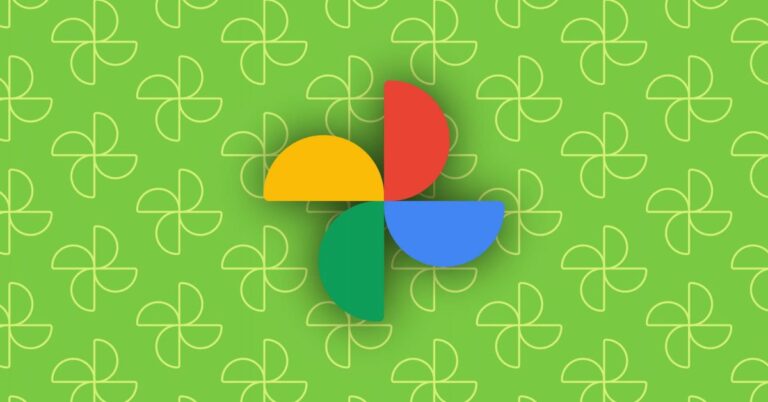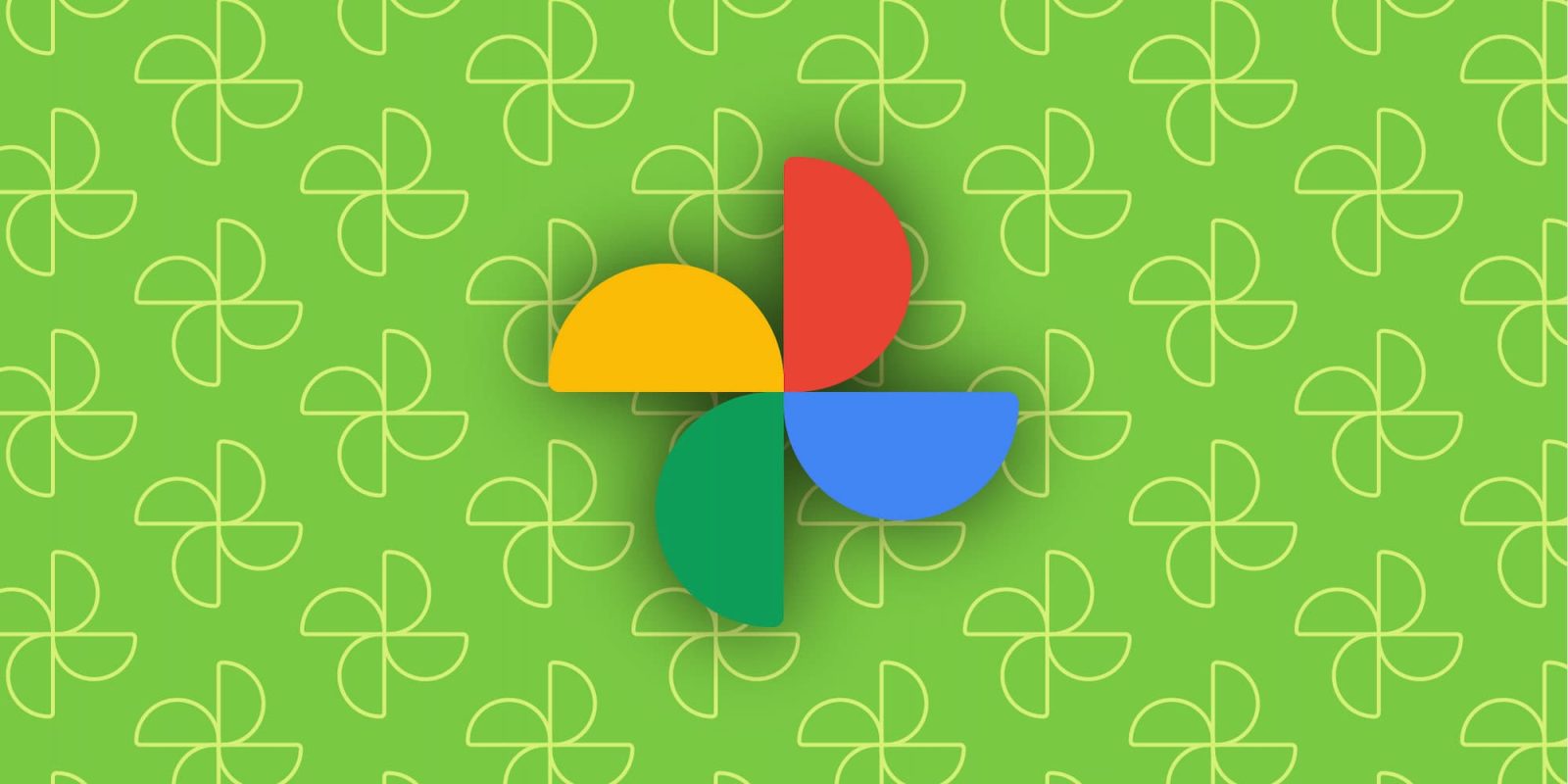Original release date: September 20, 2024 | Storage capacity: 128GB, 256GB, 512GB, 1TB | Screen size: 6.3 inches | Features: A18 Pro chip, Always-on 120Hz ProMotion display, USB-C port (USB 3), Titanium frame, Camera Control button, Action button, 25W MagSafe charging, Apple Intelligence | Cameras: 48MP wide, 48MP ultrawide, 12MP 5x telephoto, 12MP front | Color options: Natural Titanium, Desert, White, Black | Dimensions: 5.89 x 2.81 x 0.32 inches | Weight: 7.03 ounces
Read our full iPhone 16 Pro and iPhone 16 Pro Max review
The iPhone 16 Pro is the iPhone we’d recommend to most people. Yes, its starting price of $999 might be steep, but a smartphone is a long-term investment. If the question is “which iPhone is most likely to keep you happy for the next three to five years,” we think the iPhone 16 Pro’s advantages over the standard iPhone 16 and 16 Plus are still meaningful enough to be worth the extra $100-200 — even if the gap isn’t as wide as it’s been in years past.
For one, the iPhone 16 Pro’s blasted titanium frame feels higher-quality than the aluminum one on the base iPhone 16. It’s a bit heavier than the standard 16 and the older iPhone 15 Pro, but it’s far from an anchor, and its slightly curved edges are pleasing to hold. It runs on the slightly faster A18 Pro chip, which doesn’t make a huge difference with everyday tasks but is more future-proof all the same, particularly if you have any interest in gaming or content creation. And while every iPhone 16 has a USB-C charging port, the Pro models support faster data transfer speeds (provided you have the right cable).
The most prominent upgrade is the display. While the OLED screens on the iPhone 16 Pro and standard iPhone 16 are equally sharp and bright, the former’s is more spacious at 6.3 inches (instead of 6.1 inches), despite the phone itself only being 0.08 inches taller and 0.02 inches thicker. This is mainly due to the Pro’s thinner bezels, which grant you more room for streaming videos and reading web pages in a device that isn’t significantly more cumbersome to hold.
On top of that, the Pro’s screen has an adaptive refresh rate up to 120Hz, which can make scrolling web pages, gaming and streaming video noticeably smoother. Some will tell you that the average person doesn’t need this, and it’s true that not everything plays at 120Hz. But using a smartphone is nothing if not interacting with a small screen, and once you’ve seen a faster refresh rate in action, it is difficult to give up.
It’s a frustrating situation: You can get a budget Android phone with a 120Hz display for around $300, yet Apple continues to use “ProMotion” as a way to upsell people from devices that already cost hundreds more. Nevertheless, our job is to tell you what’s best — and the Pro’s screen is simply more modern. It’s also an always-on display, unlike the panels on the iPhone 16 and iPhone 16 Plus, so you can view your notifications at a glance without having to physically touch the device.
Another step up is the camera system. The iPhone 16 Pro has a trio of rear cameras: a 48-megapixel main camera, a 48MP ultrawide shooter and a 12MP telephoto camera. That last one is the biggie, as the regular iPhone 16 lacks a dedicated telephoto lens entirely. Beyond that, the Pro’s main camera has a larger sensor, so it’s a bit better in low-light environments, plus it supports portrait mode at night. You can take sharper macro shots for close-ups, and there are other enthusiast features like the ability to shoot ProRAW or record 4K Dolby Vision and ProRes video up to 120 frames per second.
If none of this jargon means anything to you, know the regular iPhone 16 and iPhone 16 Plus are still great point-and-shoot cameras. Those devices can now take macro photos as well, plus they have the same upgraded Photographic Styles feature that can help touch up shots you may find overprocessed. They also share the Camera Control button for quickly (if sometimes awkwardly) accessing the camera app, adjusting settings and snapping pics. All that said, the 16 Pro is better, especially if you take your photos with a little more intent.
The Pro gets slightly better battery life as well, though it’s not the longest-lasting smartphone we’ve tested. Apple rates it at up to 27 hours of video playback, up from 22 hours with the standard iPhone 16, but both devices will likely need a top-up before you go to bed. The base model’s battery is easier to replace, too, which is aggravating for Pro owners given the higher price.
Apple is very bluntly selling each iPhone 16 on how well they’ll work with its new “Apple Intelligence” AI features, but you shouldn’t base any purchasing decisions on that functionality right now. As of this writing, the tricks include a marginally more robust Siri, ChatGPT integration, email and notification summaries, writing assistance and image generation tools, a Clean Up feature that can remove unwanted objects from photos (much like Google’s Magic Eraser) and a “Genmoji” custom emoji maker, among others. More updates will arrive over time.
Some of these AI features can be useful at points; other times… not so much. Little about them will truly change the way you use a smartphone today, and whether anyone really needs them to write a paragraph-long email or read a brief article is up for debate (to put it charitably). For now, it might be best to view Apple Intelligence as an intriguing first step toward a future that may or may not be realized down the road.


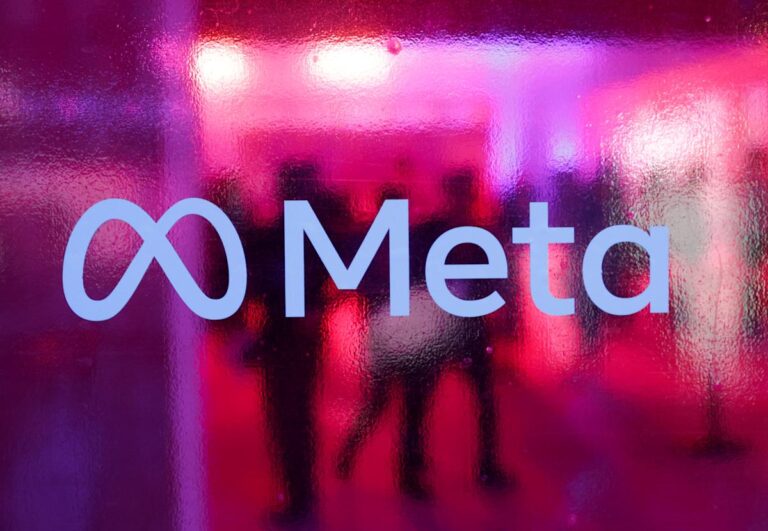
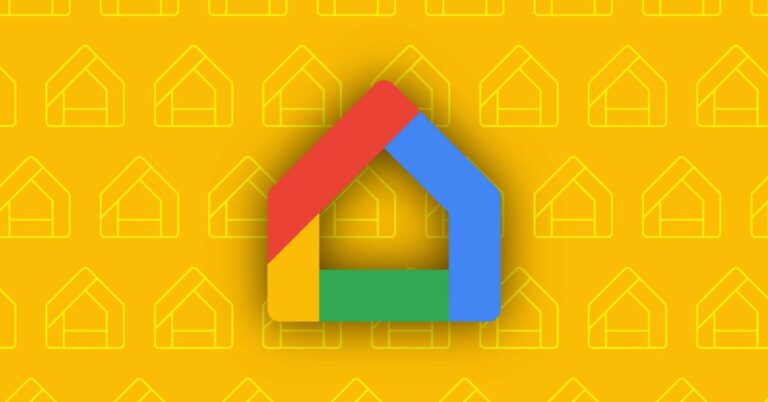





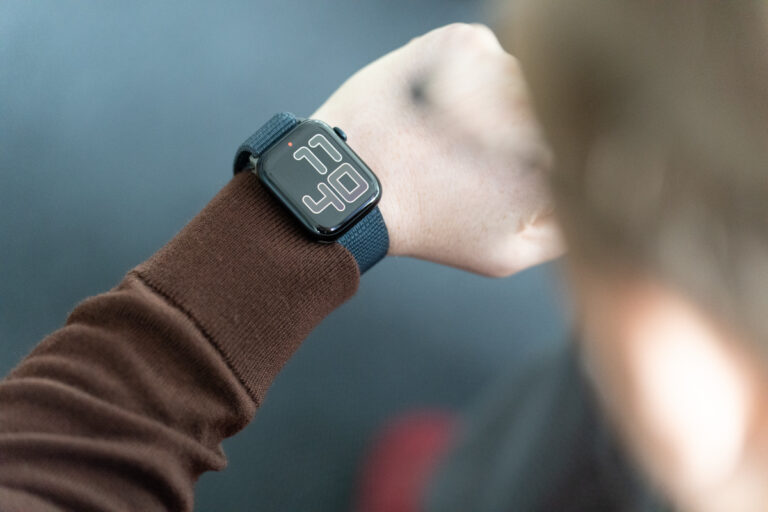
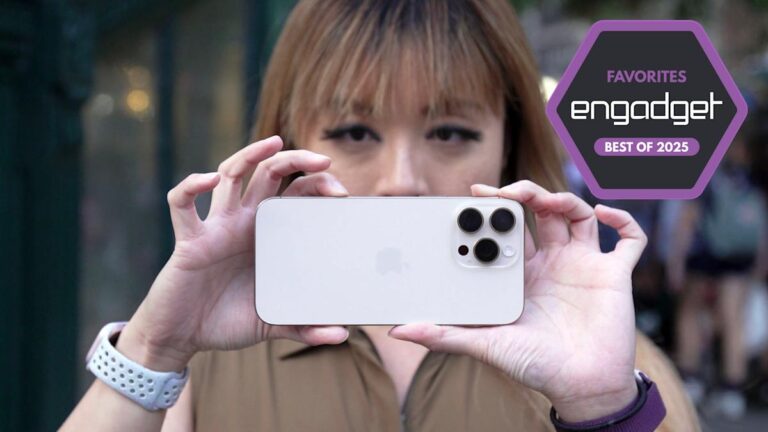
![What’s new in Android’s August 2025 Google System Updates [U] What’s new in Android’s August 2025 Google System Updates [U]](https://eyeobserver.online/wp-content/uploads/2025/08/google-play-services-1-768x402.jpg)




